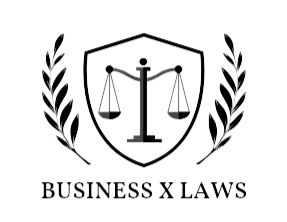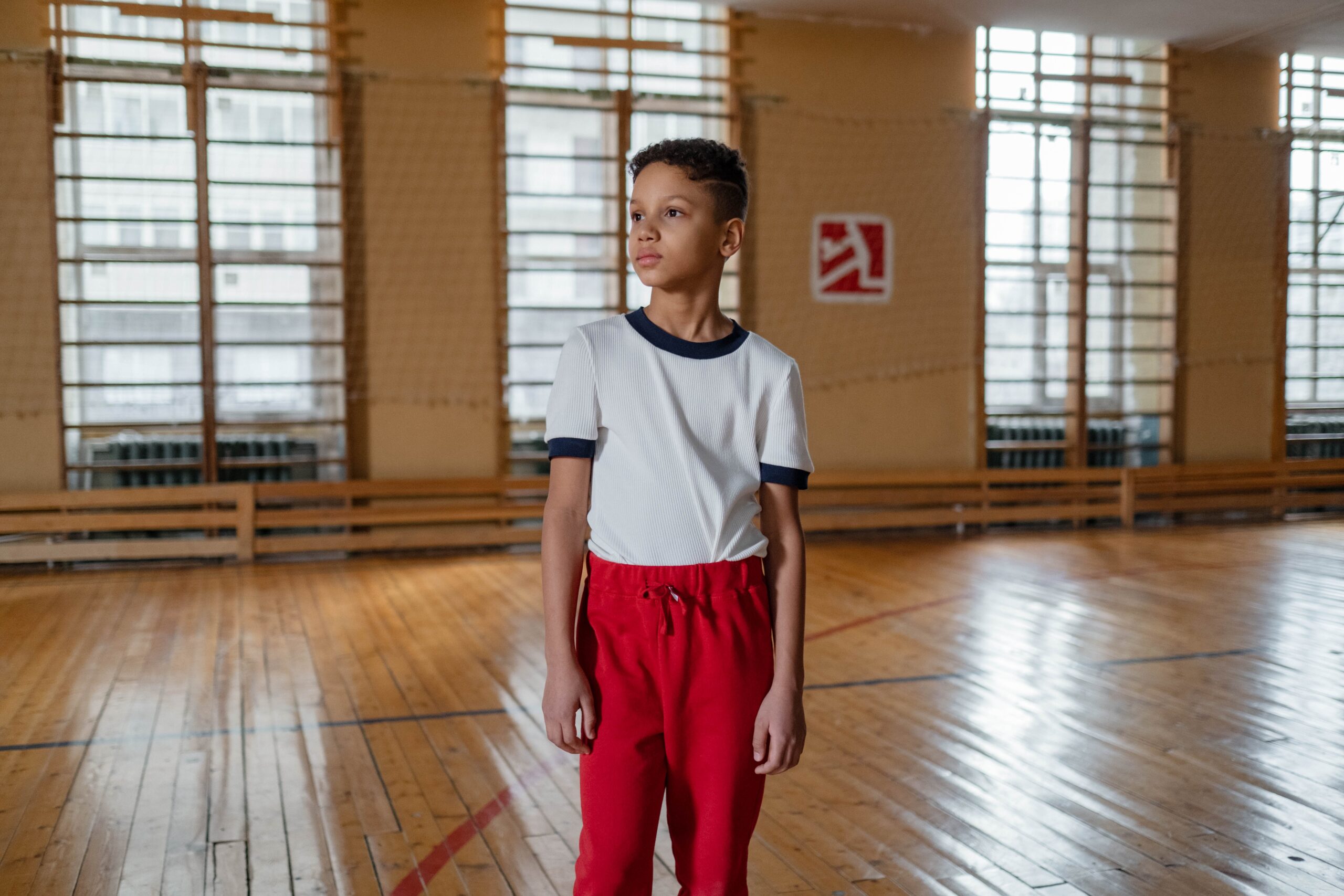In an era dominated by screens and relentless digital pursuits, the intrinsic value of physical education often finds itself relegated to the background. However, acknowledging and seamlessly integrating physical education into our daily lives stand as paramount pillars for overall well-being. Join us as we embark on a journey to unravel the core of physical education, dissecting its myriad benefits, and unearthing pragmatic strategies to welcome it wholeheartedly.
Table of Contents
Introduction
Physical education, colloquially known as PE, stands as an indispensable facet of education, dedicated to sculpting physical fitness, refining motor skills, and nurturing holistic health. Its ultimate aim is to instill enduring habits of an active lifestyle while nurturing a pervasive sense of well-being across diverse age groups.
Key Benefits of Physical Education
Physical Fitness and Health:
- Elevates cardiovascular health to new heights.
- Amplifies muscular strength and flexibility.
- Acts as a guardian against chronic diseases through weight management.
Motor Skills Development:
- Orchestrates improvement in coordination, balance, and agility.
- Elevates both fine and gross motor skills through an array of engaging activities.
Mental Well-being:
- Unleashes endorphins, acting as a formidable stress and anxiety deterrent.
- Elevates mood and cultivates mental clarity.
Social Skills:
- Serves as a crucible for teamwork and cooperation.
- Polishes communication and interpersonal skills to a fine sheen.
Lifelong Habits:
- Plants the seeds of a deep-seated love for physical activity, a harbinger of a healthier lifestyle.
- Lays the foundation for enduring routines that stand the test of time.
Practical Tips for Embracing Physical Education
Incorporate Variety:
- Infuse a medley of activities such as sports, dance, and yoga to maintain an ever-enticing landscape.
Set Realistic Goals:
- Craft achievable fitness milestones to fuel motivation and quantify progress effectively.
Make It Fun:
- Infuse an element of joy into physical activities, ensuring a higher likelihood of sustained commitment.
Community Involvement:
- Immerse yourself in local sports clubs or fitness classes, forging bonds within a supportive community.
Integrate into Daily Routine:
- Seek and seize opportunities for physical activity in everyday life, be it opting for stairs or strolling short distances.
Curriculum in Physical Education
A highly effective physical education program prioritizes developing physical literacy, including skills, knowledge, fitness, and confidence. The curriculum encourages interest in physical activity, sports, and healthy habits. At the secondary level, activities range from team sports like basketball and soccer to individual pursuits like swimming and cycling. Chess is included for cognitive development, and gymnastics and wrestling enhance flexibility, strength, and coordination. Additionally, physical education covers nutrition, fostering individual needs and overall well-being.
What are examples of physical education activities?
Physical education encompasses a diverse range of activities designed to promote physical fitness and overall well-being. Examples include traditional exercises like running and jogging, dynamic sports such as basketball and baseball, as well as games that enhance movement, coordination, teamwork, and strategic thinking. Additionally, activities like yoga and aerobics contribute to a holistic approach to physical fitness.
What is the purpose of physical education and why is it important?
Physical education serves a multifaceted purpose in education. It goes beyond the traditional classroom setting to instill lifelong habits of physical activity and wellness. The curriculum not only builds physical strength but also imparts valuable knowledge about health-related topics, nutrition, and maintaining a balanced lifestyle. Emphasizing team sports, it cultivates social skills like collaboration, communication, and sportsmanship. In today’s era of technology, physical education acts as a countermeasure to sedentary lifestyles, promoting an active life. Moreover, the positive impact on mental health, including stress reduction and improved mood, underscores its importance in fostering overall well-being.
Conclusion
Physical education transcends its role as a mere subject; it stands as a gateway to a life brimming with health and fulfillment. By acknowledging its diverse benefits and embracing personalized strategies to seamlessly integrate it into our routines, we set the stage for a harmonious and vibrant lifestyle. Let’s wholeheartedly embrace the euphoria of movement and prioritize physical education for a future adorned with enhanced well-being.
Also Read The 7 Lamps of Advocacy
Also Read Physical education By location

